7 Foods That Will Cool You Down This Summer (And 7 That Will Heat You Up)
Think beating the heat is all about fans and frozen drinks? Think again. What you eat can have just as much impact on your body temperature as the weather outside. Some foods naturally cool you down—hydrating, refreshing, and even helping you stay energized during sweltering days. Others? They bring the heat, firing up your metabolism and leaving you sweating before dessert. That’s why we’ve rounded up 7 foods that chill you out and 7 that sneakily turn up the thermostat. This isn’t just about what tastes “summery”—it’s about how your body reacts. From juicy fruits that hydrate every cell to spices that raise your core temp, this guide will help you eat smarter in the heat. Whether you're planning your next picnic or just trying to survive the season, knowing which foods cool or heat you up could be your secret weapon for a more comfortable (and delicious) summer.
1. Watermelon
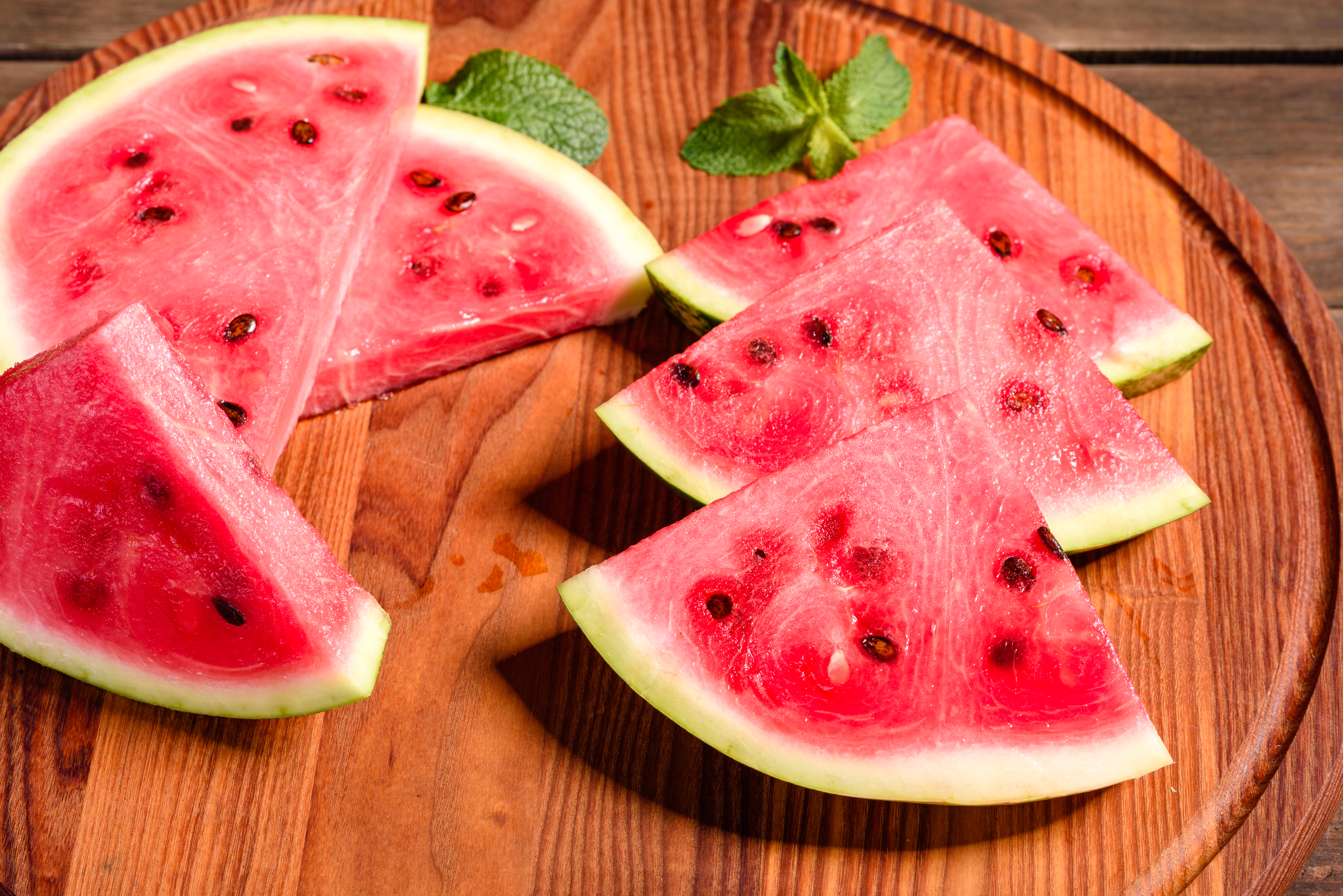
Watermelon isn’t just a summer snack—it’s a hydration hero. Made up of over 90% water, it helps you stay cool, refreshed, and less bloated on scorching days. But it’s not just about water content; watermelon is also rich in lycopene, a powerful antioxidant linked to sun protection. Juicy, sweet, and low in calories, it’s the ultimate beach-day companion or post-workout refresher. Blend it into smoothies, freeze it into popsicles, or enjoy it by the slice. However you serve it, watermelon delivers instant cooling—and a whole lot of summer joy.
2. Cucumber

Crunchy, cool, and packed with water, cucumbers are a classic cooling food for a reason. Their high water content helps flush out toxins and keep your body temperature regulated. Plus, they’re naturally rich in silica and vitamin K, which support healthy skin—perfect for days when the sun feels relentless. Slice them into salads, layer them onto sandwiches, or infuse your water with cucumber rounds for a spa-like refresh. Bonus: their mild flavor pairs well with everything, making them one of the most versatile summer foods you can keep on hand.
3. Mint
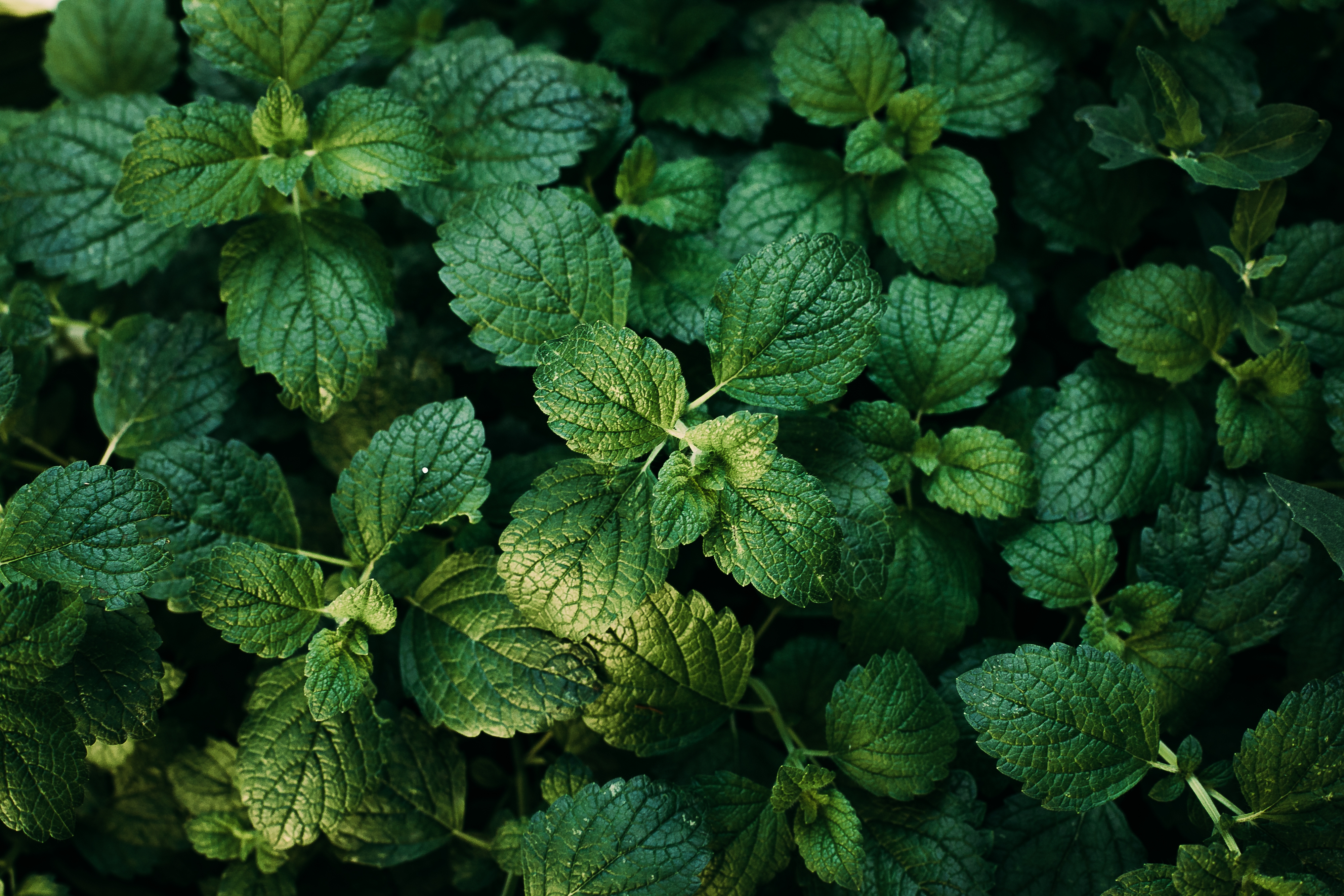
Few herbs offer instant relief like mint. Its natural menthol content doesn’t actually lower your temperature—but it tricks your brain into feeling cooler. That’s why it’s been a go-to in traditional cooling drinks for centuries. Add it to iced tea, lemonade, or yogurt dips for a pop of flavor that refreshes with every bite. You can even muddle it into water for a quick summer pick-me-up. Whether you’re sweating through a commute or winding down after a hot day, mint delivers a sensory chill that makes everything feel lighter.
4. Coconut Water
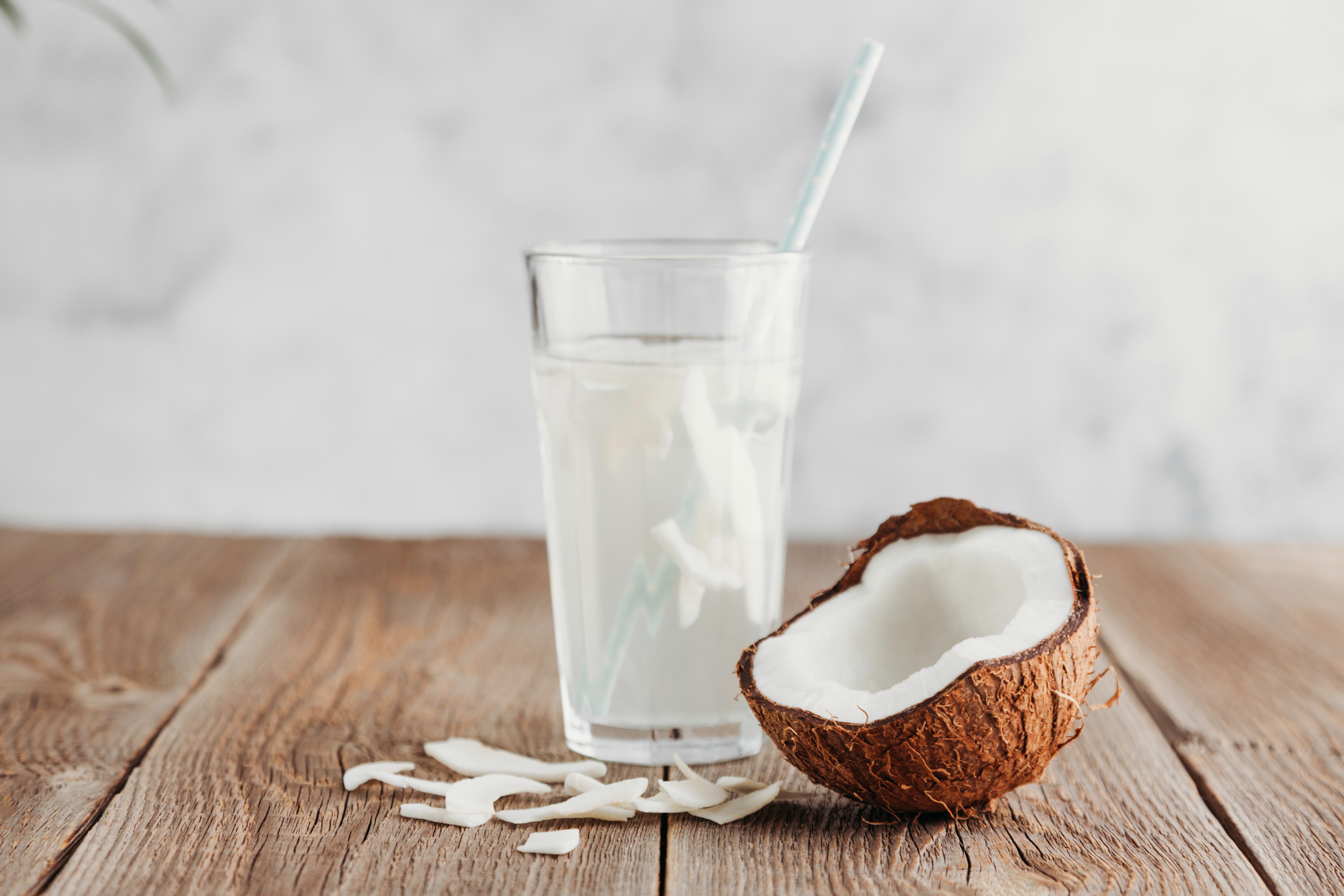
Coconut water is nature’s electrolyte drink—perfect for rehydrating on a hot day. It’s packed with potassium, magnesium, and sodium, all of which help replenish what your body loses through sweat. Unlike sugary sports drinks, coconut water is naturally low in calories and free from additives. Its subtle sweetness and nutty taste make it a refreshing sip straight from the bottle (or coconut), and it blends beautifully into smoothies or mocktails. Bonus: it can also help ease bloating and fatigue, making it a go-to for staying energized and cool all summer long.
5. Yogurt
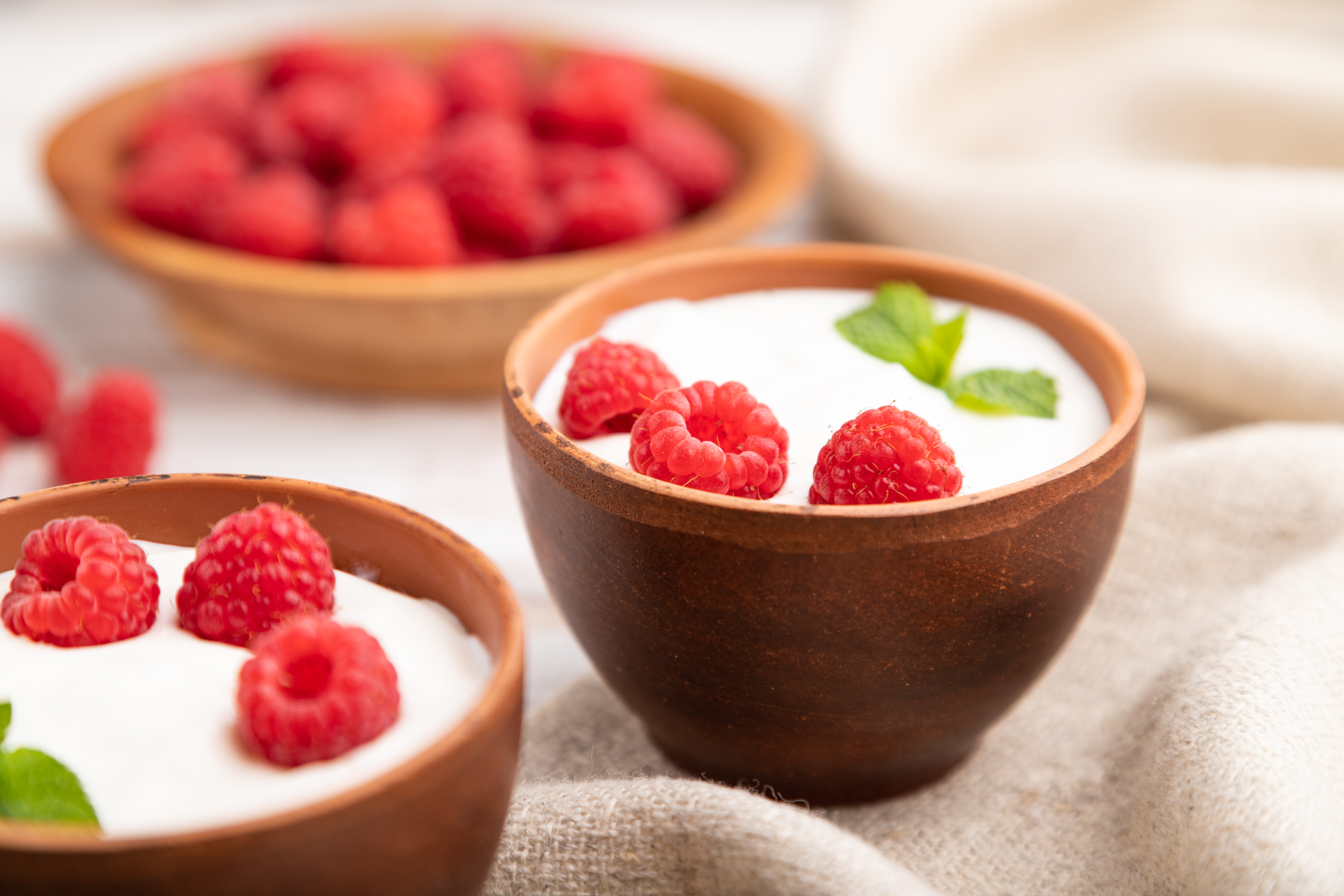
Yogurt is more than just a snack—it’s a cooling, probiotic-rich powerhouse. Cultures around the world have long relied on yogurt-based dishes like lassi and raita to beat the heat. That’s because yogurt soothes the stomach, aids digestion, and brings down internal inflammation. It’s high in calcium and protein, but its real superpower lies in the good bacteria that keep your gut balanced—a key to feeling your best when the weather turns muggy. Go for plain, unsweetened yogurt and top it with fruits, herbs, or even a drizzle of honey for a refreshing summer fix.
6. Lettuce
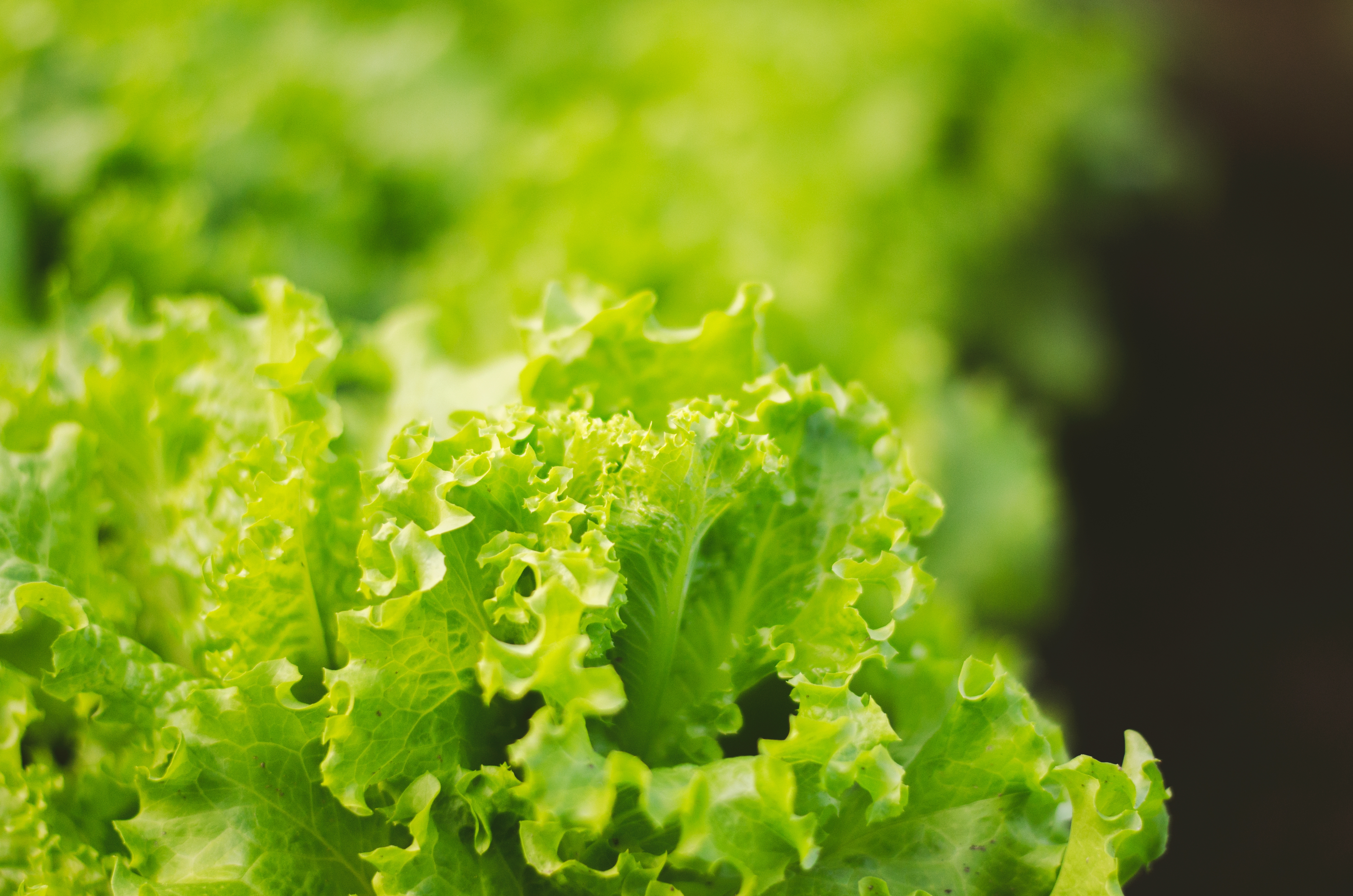
Leafy greens like romaine, butterhead, and iceberg aren’t just salad fillers—they’re natural coolants. Made up of mostly water, lettuce helps hydrate the body and support digestion without weighing you down. It’s light, crisp, and refreshing, making it the perfect base for summer meals. Unlike heavier foods that increase metabolic heat, lettuce delivers essential nutrients with zero heaviness. Toss it with chilled veggies, lemon juice, and herbs, or use it as a wrap for grilled fillings. When the sun’s blazing, lettuce helps keep your meals—and your body—cool and calm.
7. Zucchini
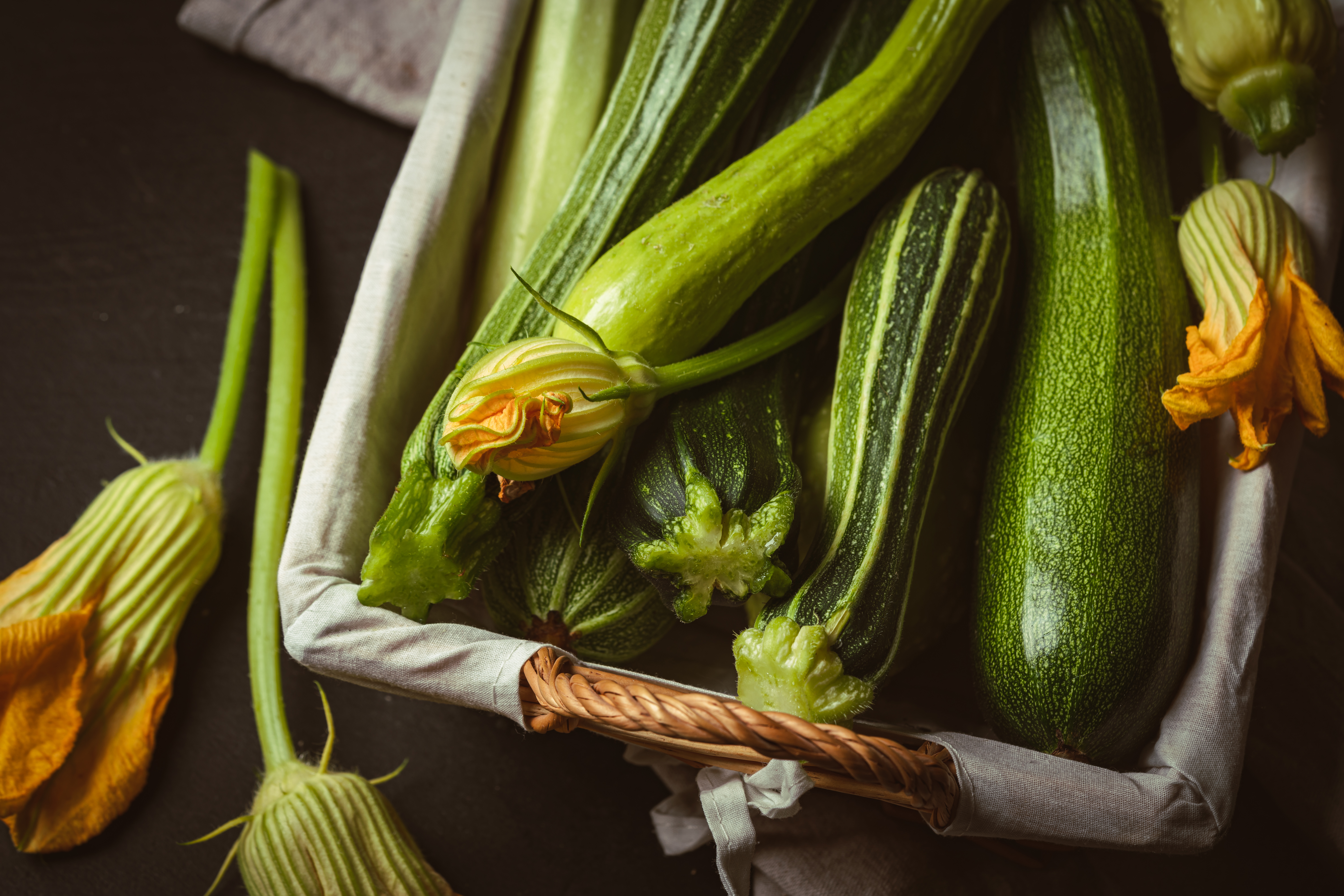
Zucchini is one of summer’s most underrated cooling heroes. This water-rich veggie is easy on digestion, low in calories, and packed with fiber, potassium, and antioxidants. It doesn’t spike your internal heat like starchy vegetables can, and it plays well in both raw and cooked forms. Spiralize it into zoodles, shave it into salads, grill it lightly, or even blend it into chilled soups. Its mellow flavor and high hydration content make it a go-to when you want nourishment without the heaviness. Zucchini proves that cooling foods don’t have to be boring.
But Wait—Not All Foods Cool You Down...
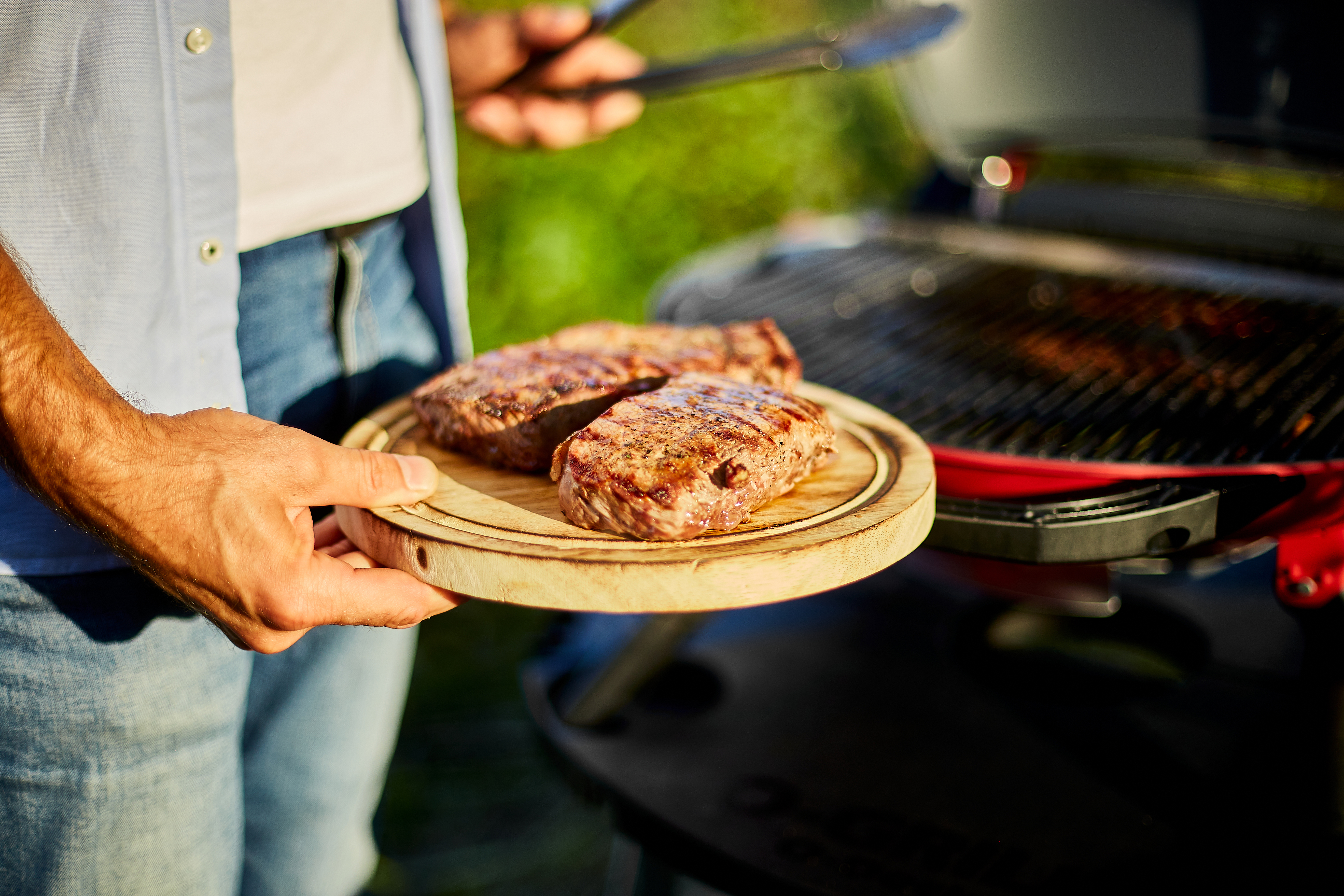
While some ingredients are perfect for beating the heat, others do the exact opposite—quietly turning up your internal thermostat. Whether they’re boosting metabolism, stimulating circulation, or simply tough to digest in hot weather, these foods can leave you feeling warmer than you bargained for. That doesn’t mean you need to avoid them entirely—but it does mean you’ll want to choose wisely when the sun’s blazing. Up next: the surprising (and often sneaky) foods that heat you up. Some may even be sitting in your pantry right now.
1. Ginger
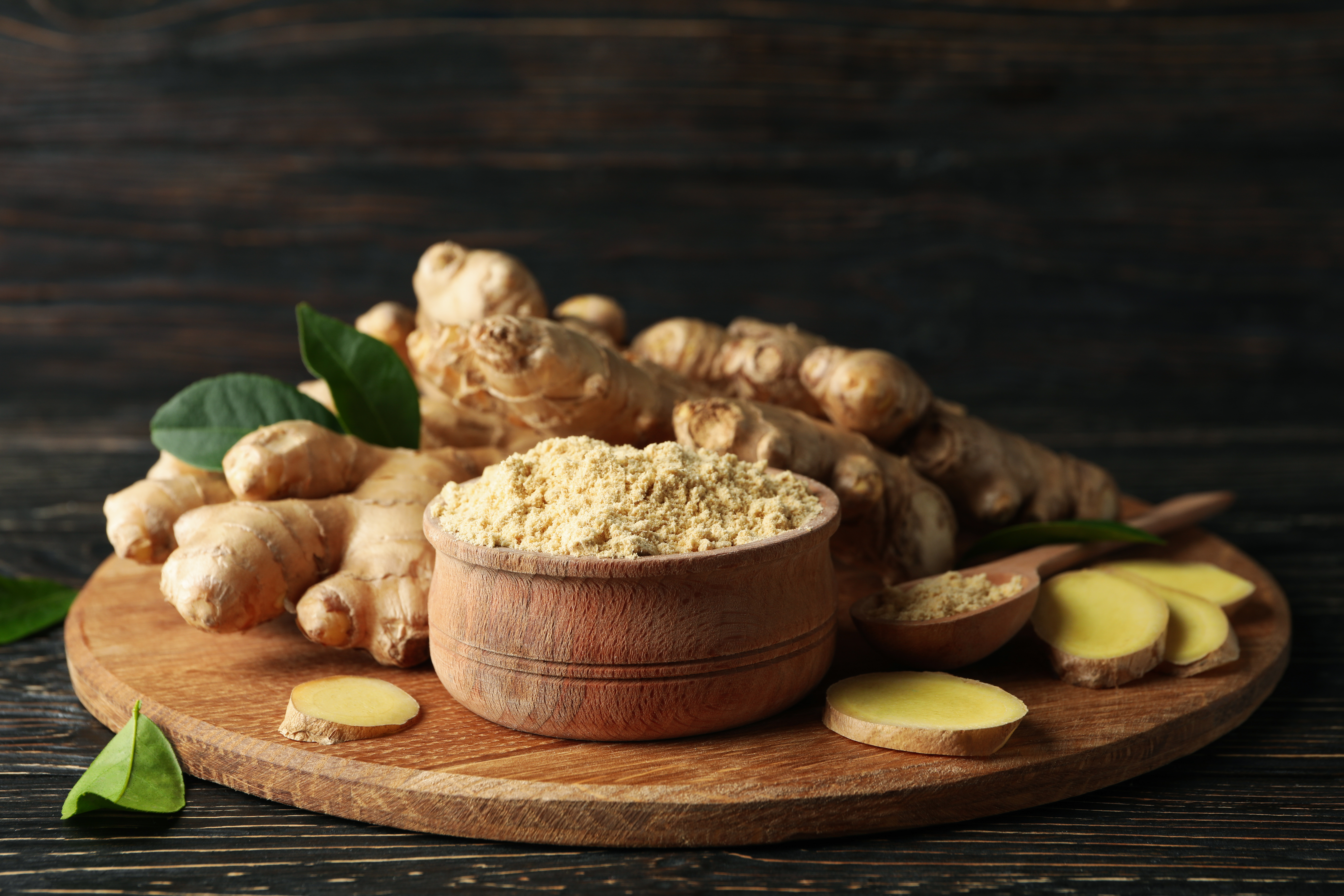
Ginger may be known for easing nausea and aiding digestion, but it also has a warming effect on the body. It stimulates circulation and boosts your metabolism, raising your internal temperature and often making you sweat—a phenomenon that helps cool you down eventually, but feels like heat in the moment. Used in teas, stir-fries, or smoothies, it’s ideal in cooler weather or for people who run cold. But in the thick of summer? Be prepared for that post-ginger flush. It's powerful, zesty, and a reminder that not all health foods chill you out.
2. Chili Peppers
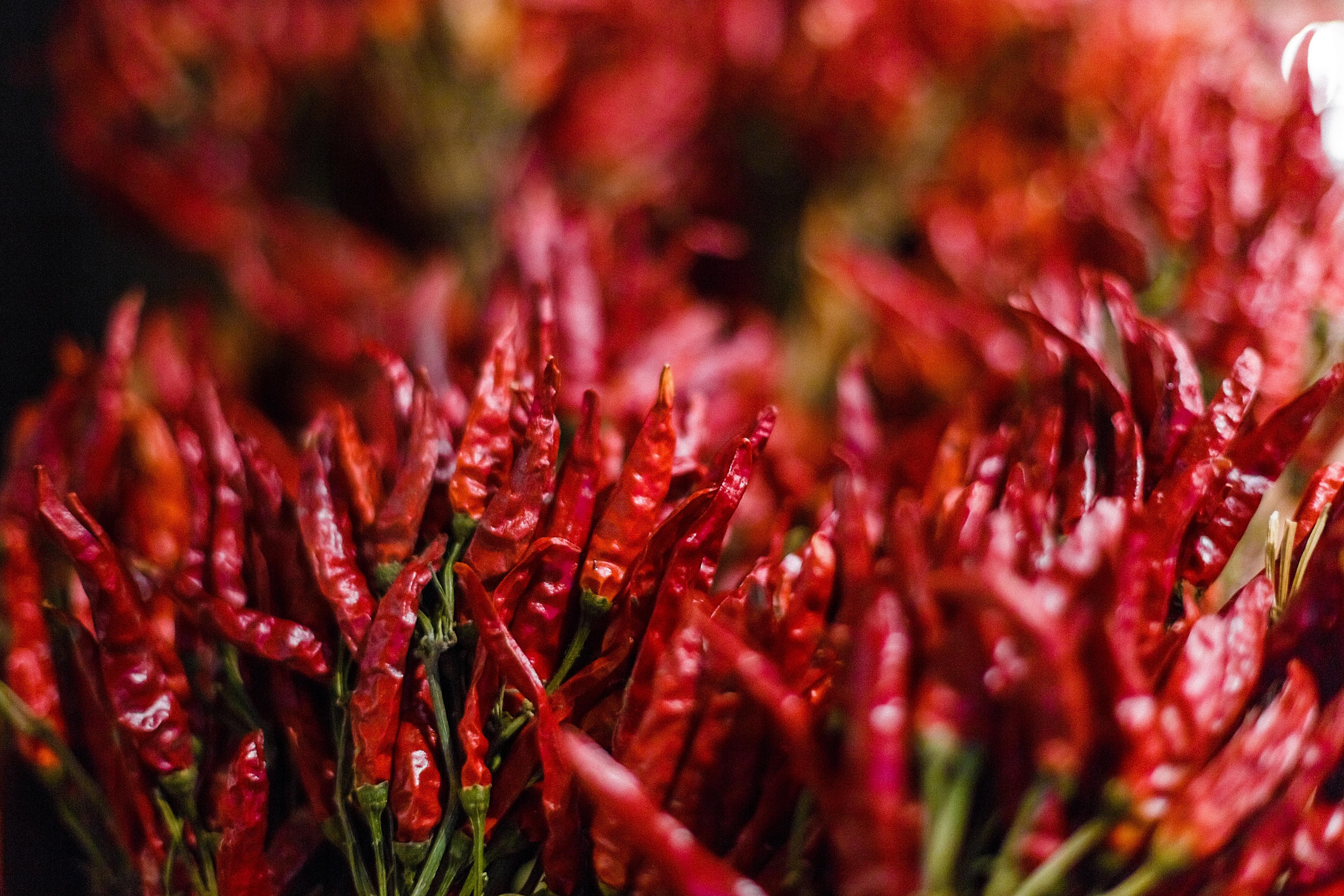
Craving something spicy? Just know that chili peppers bring the heat—literally. The capsaicin in peppers triggers a thermogenic response in your body, ramping up your internal temperature and activating sweat glands. While this can lead to a temporary cooling effect through perspiration, the initial result is often a fiery wave of warmth. Great for winter stews or metabolic boosts, but maybe skip the hot wings on a 100-degree day. That said, if you're into spice, go for it—just chase it with something cooling, like yogurt or cucumber.
3. Garlic
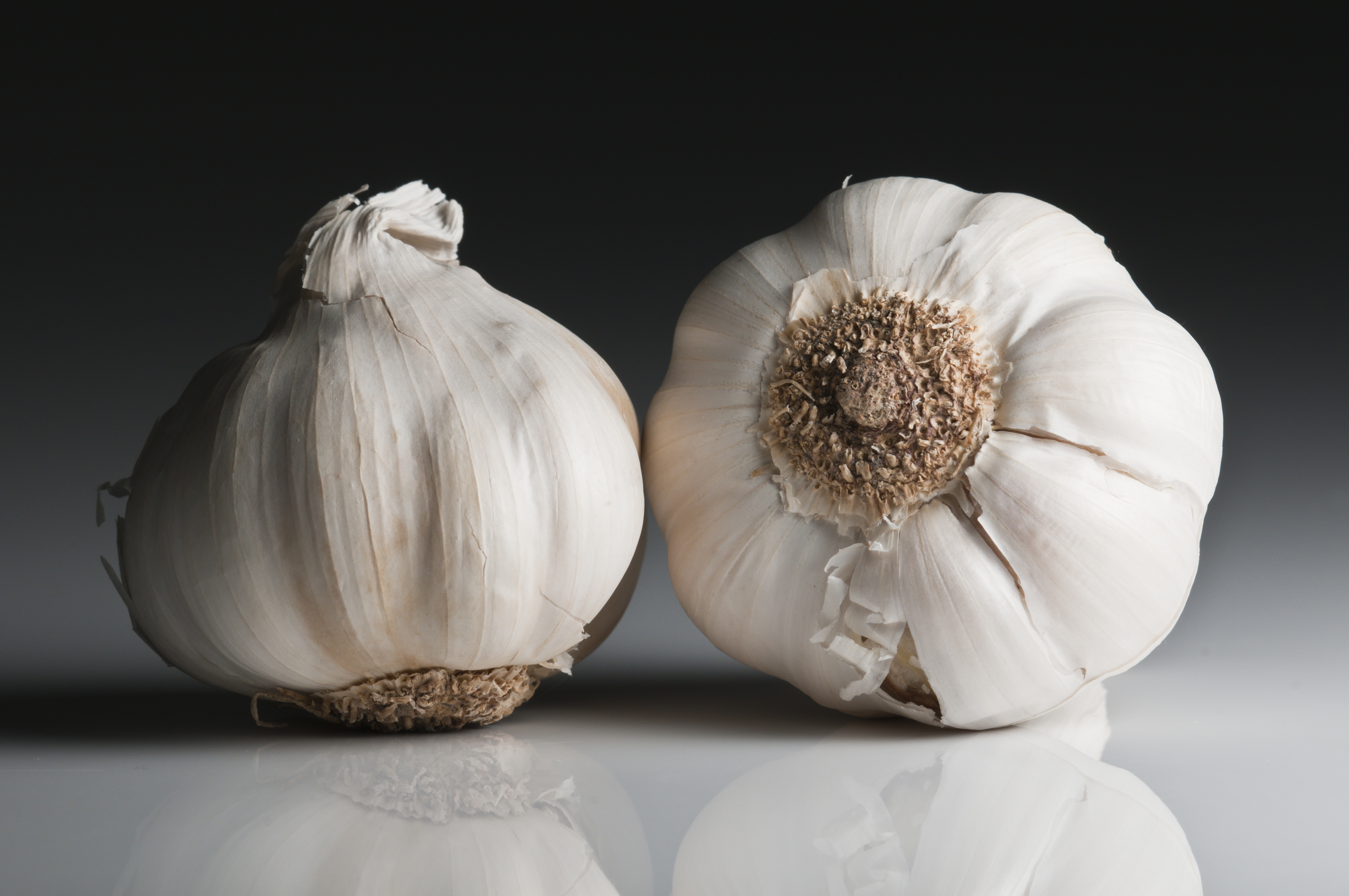
Garlic adds instant depth to any dish, but it also subtly raises your body temperature. It stimulates circulation and increases metabolic heat—one reason it’s used in traditional remedies for colds and sluggish digestion. Raw garlic has an especially strong warming effect, so if you're eating it in dressings, sauces, or dips, expect to feel the internal warmth. While it has heart-healthy benefits and immune support perks, it’s best balanced with cooling ingredients during summer months. Think garlic yogurt sauces or aiolis with cucumber for a more seasonal spin.
4. Onions
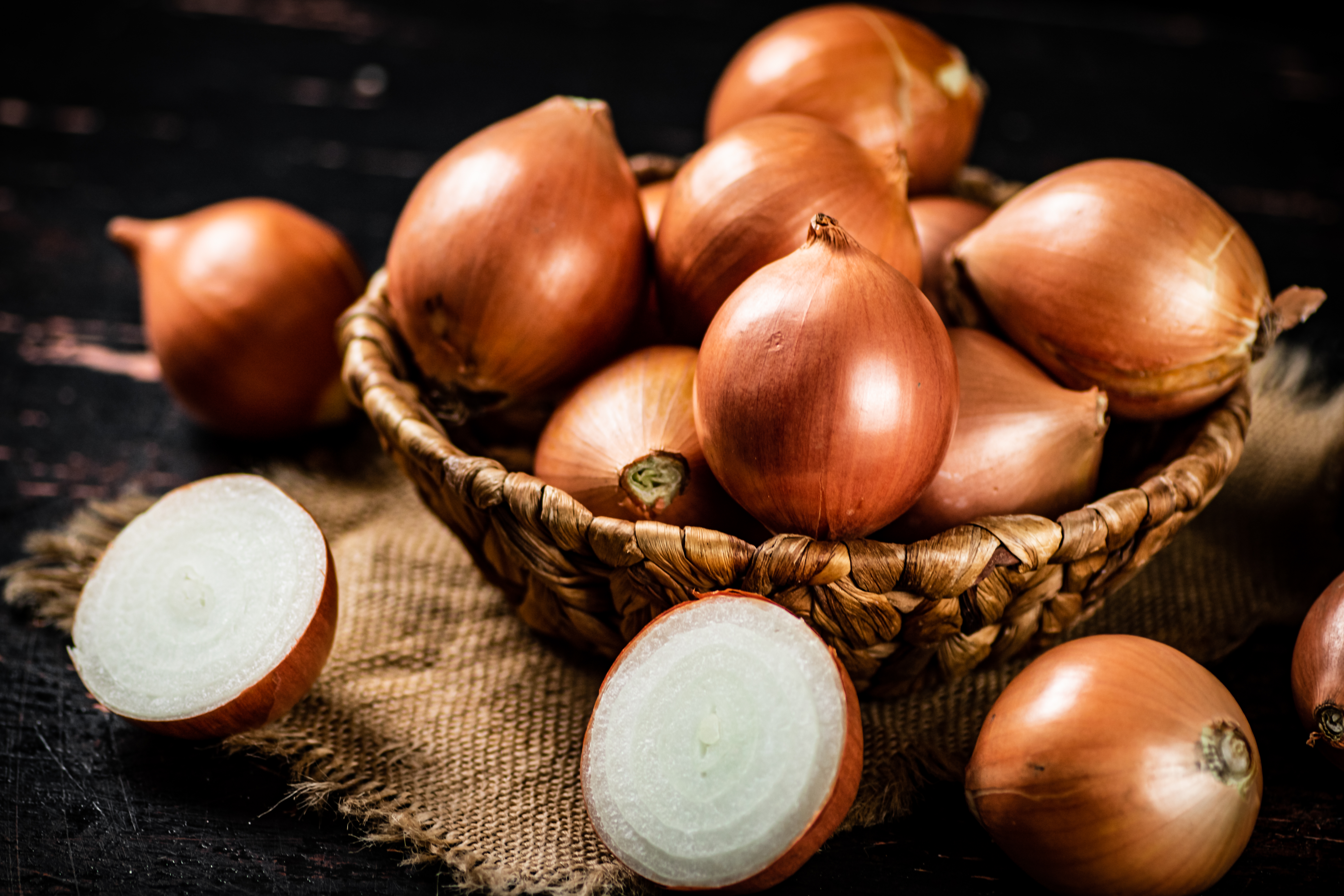
Onions are a kitchen staple, but their heating nature often goes unnoticed. Cooked onions, in particular, can increase internal heat, especially when sautéed in oil or added to rich, heavy meals. Even raw onions—often thought of as cooling—can contribute to warmth depending on the variety and quantity. They also contain sulfur compounds that stimulate digestion and circulation. In many traditional diets, onions are considered warming foods that stoke internal “fire.” If you’re feeling the heat already, scale back or pair onions with lighter, hydrating veggies to balance things out.
5. Cinnamon
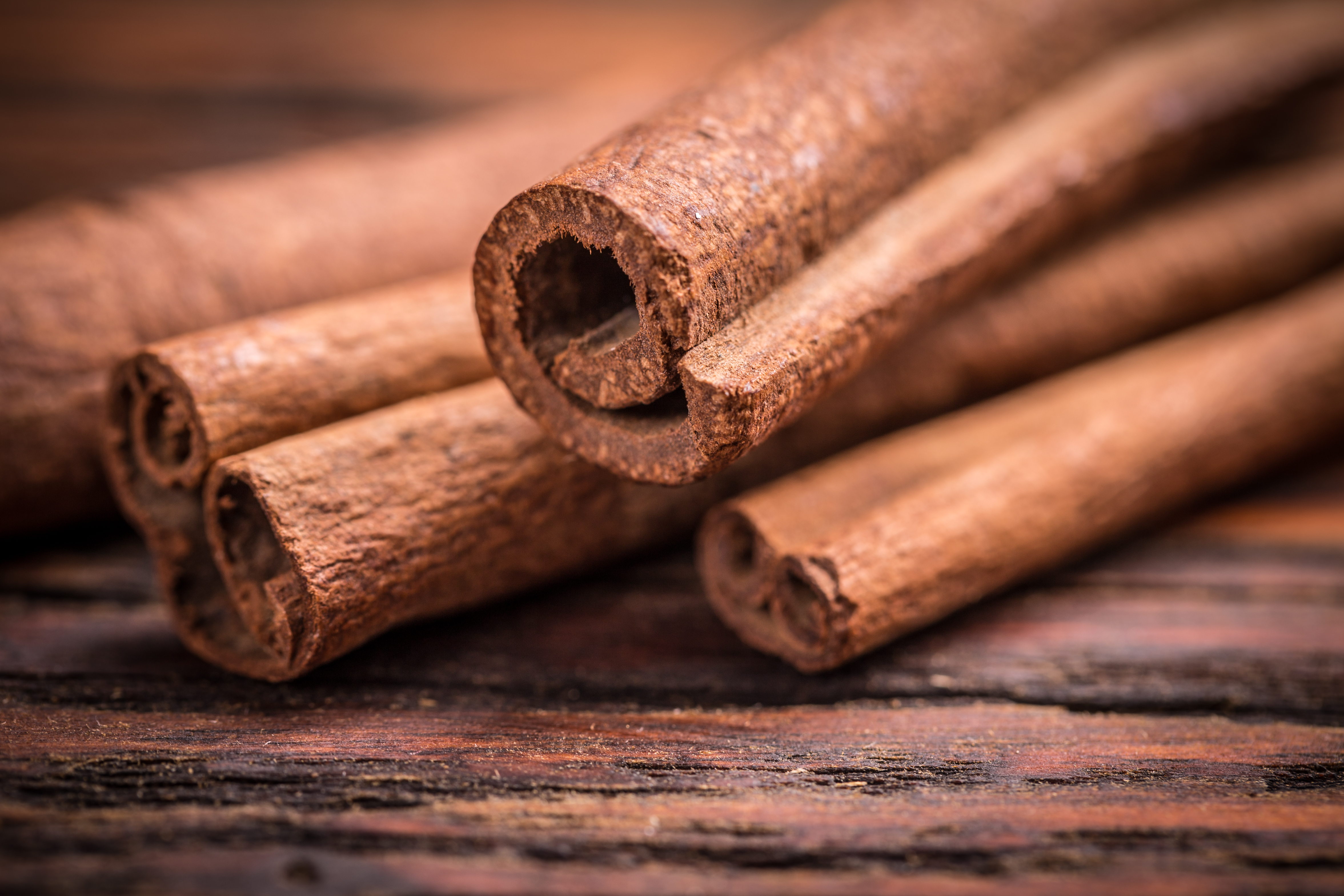
Cinnamon is a sweet spice with a hot side. Used often in baking, chai, and winter comfort foods, cinnamon naturally warms the body by increasing circulation and boosting metabolism. Its thermogenic properties make it great for colder months, but not always ideal when you’re already sweating. Even a sprinkle in your coffee or oatmeal can trigger a subtle rise in body temperature. Still, it offers blood sugar control and anti-inflammatory perks—so don’t rule it out entirely. In summer, use it sparingly or pair it with cooling foods like bananas or yogurt.
6. Coffee

That morning cup of joe could be turning up the heat—literally. Caffeine stimulates your central nervous system, which raises your heart rate and internal body temperature. Hot coffee magnifies the effect, making you feel flushed or sweaty, especially in warmer weather. It’s also mildly dehydrating, which can add to the feeling of overheating. If you can’t skip it, opt for iced coffee or cold brew, and drink extra water throughout the day. You’ll still get your caffeine fix—minus the full-on heatwave that can come with a steaming mug.
7. Red Meat
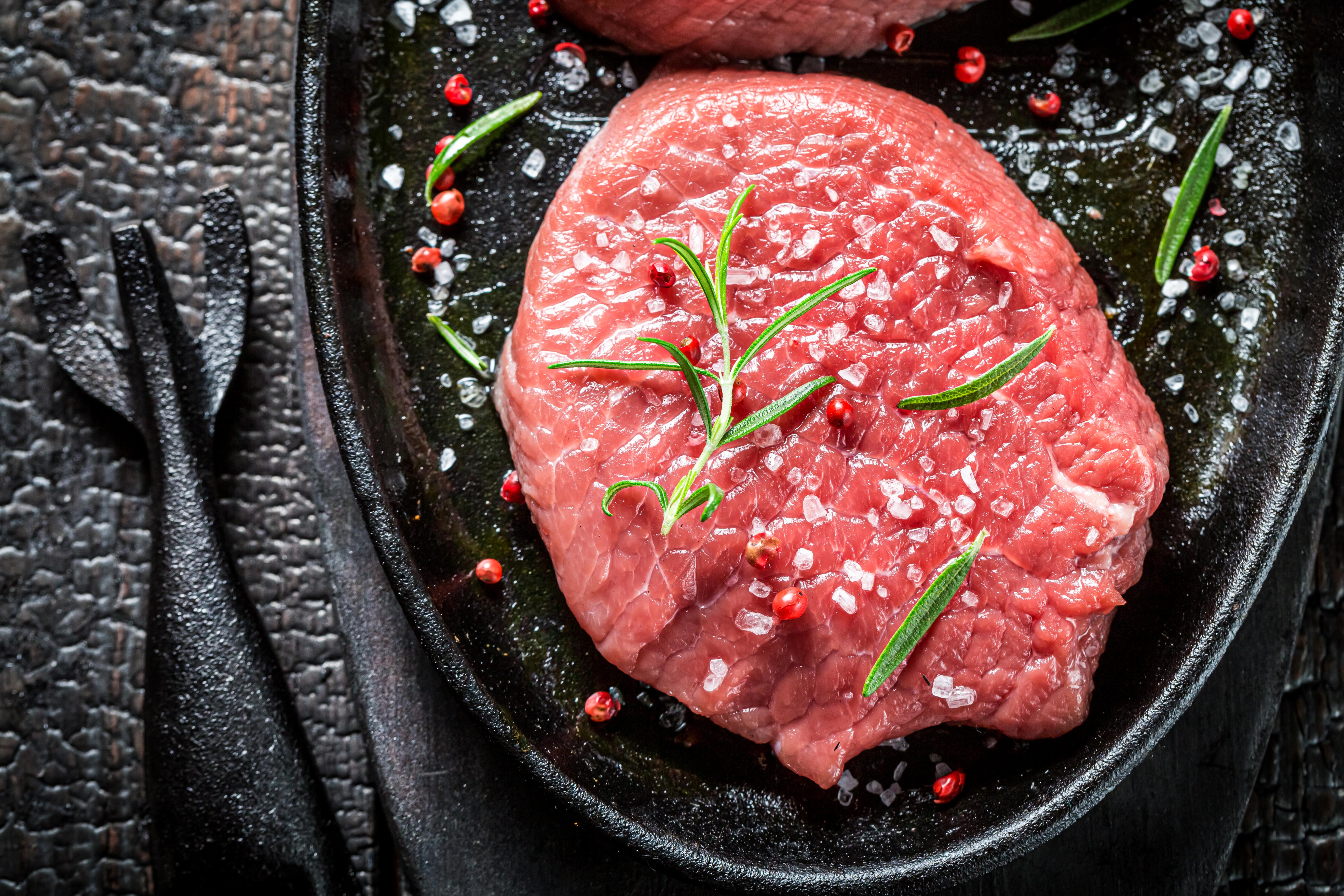
Red meat is delicious, satisfying—and metabolically intense. It takes longer to digest than plant-based proteins, which raises your body’s internal temperature during the digestion process. This “thermic effect” may help you feel full longer, but in the summer heat, it can leave you sluggish, sweaty, and overheated. High in saturated fat, red meat also contributes to cardiovascular strain if eaten in excess. When temperatures rise, consider lighter proteins like fish, tofu, or legumes. Or if you’re craving steak, pair it with plenty of cooling sides like salad or cucumber raita.
Eat With the Weather, Not Against It

Summer doesn’t just change your wardrobe—it should change your plate, too. Whether you’re trying to stay cool under the scorching sun or curious about why some meals leave you feeling flushed, understanding the thermal effects of food can make a real difference. Cooling ingredients like watermelon, mint, and cucumber are nature’s way of helping you beat the heat. But don’t ignore the warming ones—ginger, coffee, and chili have their own benefits, especially when used mindfully. The key isn’t to fear either side, but to know when to reach for what. Eat with the season, not in spite of it, and you’ll not only feel better—you’ll enjoy your meals more. So the next time the temperature rises, check your cravings against this list. Your body (and your mood) will thank you. Because smart summer eating isn’t just about flavor—it’s about function, too.